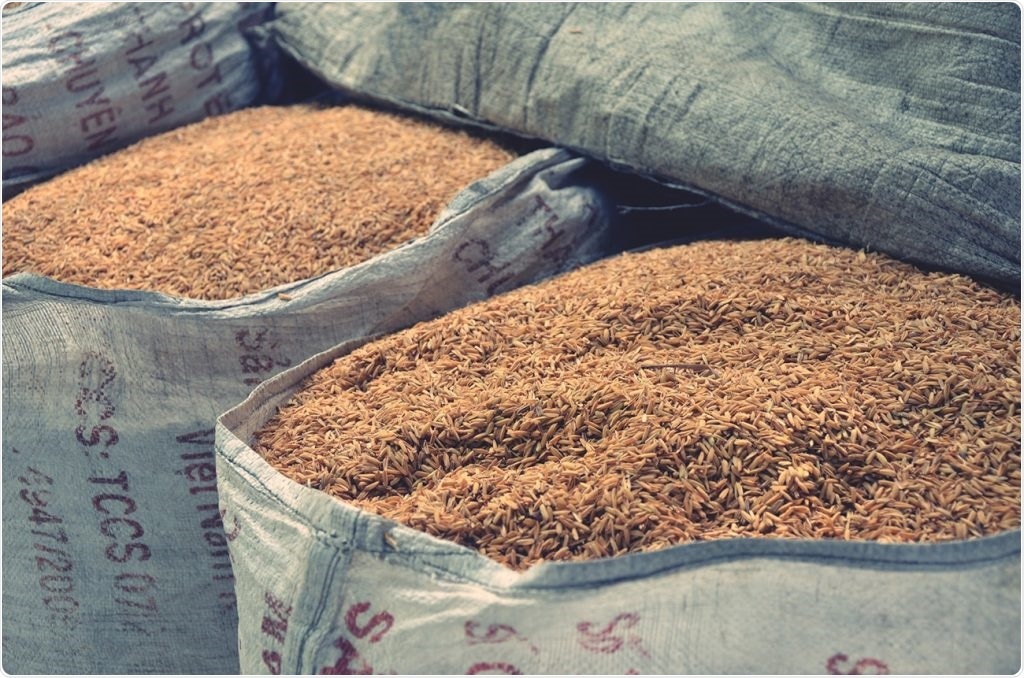Insects, mold, and bacteria in stored grains can be effectively killed through a combined treatment of essential oil vapors and irradiation.

Image Credit: Institut national de la recherche scientifique (INRS).
Professor Monique Lacroix’s research team from the Institut national de la recherche scientifique (INRS) has shown the synergistic effect of this combined treatment of mold and insects that affect rice. The research work was published in the Radiation Physics and Chemistry journal.
The main nemeses of stored grains are insects and microbes. At present, fumigants are used by the food industry to kill these insects.
When grain is fumigated, a small amount of gas is absorbed by the grain and released into the atmosphere. For food irradiation, the treatment is physical. If "new molecules" are produced, they are no different than those produced by normal processes applied to food, such as heat.”
Monique Lacroix, Professor, INRS
Food irradiation is the process of exposing food to ionizing radiation, such as X-rays and gamma rays. The effectiveness of these two methods, both with and without essential oils, was determined by the researchers.
Increasing radiosensitivity
The new study focused on testing whether the energy level of the irradiation source, which has a variable flow rate, could influence the dose (or the time of treatment) required to destroy 90% of molds or insects. The researchers demonstrated that gamma rays were more powerful against insects when compared to X-rays.
Furthermore, a higher gamma-ray dose rate was shown to be more powerful than a low dose rate. Besides that, the effectiveness was considerably improved when eucalyptus and tea tree essential oils were added.
With the addition of essential oils, the dose needed was four to six times smaller depending on gamma dose rates. In fact, oils increase the sensitivity of insects to radiation.”
Monique Lacroix, Professor, INRS
Professor Lacroix is also an expert in sciences applied to food.
Even though molds and bacteria are more resistant to radiation, they demonstrated similar effects. According to previous research work, the addition of oregano essential oils and thyme improved the microbes’ sensitivity to irradiation by around 1.5 times.
Experiments with essential oil vapors diffused in 5 kg bags of rice were also carried out by the researchers. In the days to come, the team hopes to evaluate the process in an industrial environment by collaborating with companies.
Source:
Journal reference:
Hossain, F., et al. (2021) Radiosensitization of rice weevil Sitophilus oryzae using combined treatments of essential oils and ionizing radiation with gamma-ray and X-Ray at different dose rates. Radiation Physics and Chemistry. doi.org/10.1016/j.radphyschem.2020.109286.